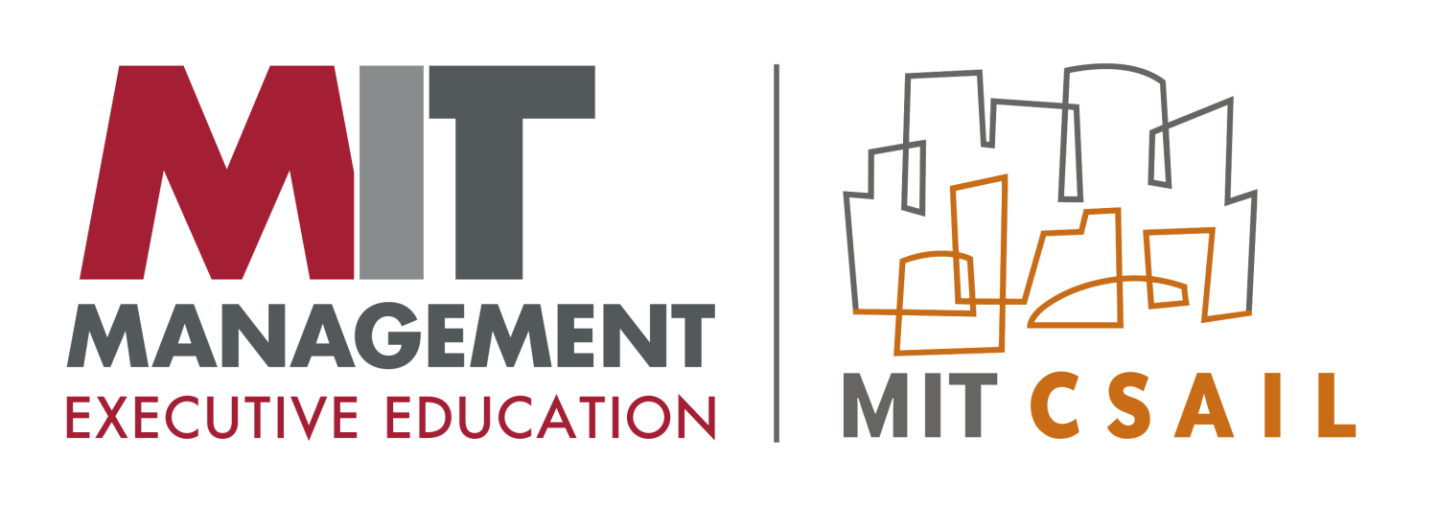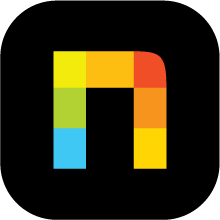This summer, President Joe Biden remarked that AI has the potential to unleash enormous harm—as well as opportunity—for society, the economy, and national security. But until last week, the U.S. had little to no direction when it comes to the development and proper usage of the growing technology.
For months, education leaders in particular have called for guidance when it comes to AI. Many students—and even some teachers—have become acquainted with the powers of generative AI tools like ChatGPT and Google Bard, yet questions about privacy, security, and ethics remain top of mind.
Biden’s first step in addressing some of these concerns was signed on Oct. 30 in the form of an executive order focused on the, “Safe, Secure, and Trustworthy Development and Use of Artificial Intelligence.” While focused on addressing AI across all sectors, the order mentions education about a dozen times, and it notably gives the Secretary of Education Miguel Cardona one year to develop AI resources, policies, and guidance:
- “These resources shall address safe, responsible, and nondiscriminatory uses of AI in education, including the impact AI systems have on vulnerable and underserved communities, and shall be developed in consultation with stakeholders as appropriate.”
- “They shall also include the development of an “AI toolkit” for education leaders implementing recommendations from the Department of Education’s AI and the Future of Teaching and Learning report, including appropriate human review of AI decisions, designing AI systems to enhance trust and safety and align with privacy-related laws and regulations in the educational context, and developing education-specific guardrails.”
A ‘vigorous debate’
However, leaders in edtech have differing opinions on how productive the order will be in practice. In fact, according to Hadi Partovi, CEO of Code.org, a leading computer science learning nonprofit, there’s a “vigorous debate” among edtech leaders about whether the executive order went far enough—or even too far.
“There’s some folks who say it didn’t go far enough because we need to sort of safeguard AI,” he says. “There are other folks that say that this type of regulation helps the largest players because small players in open source options can’t comply with regulations as easily, and this actually reduces competition and innovation.”
Partovi says he is not on either side of that debate because while he recognizes not enough is being done when it comes to AI guardrails, he is not sure that should be the role of the federal government.
Just two states—California and Oregon—offer official guidance on the use of AI in schools, according to the Center on Reinventing Public Education. Less than a dozen are working on developing guidance, and 21 states are not planning to develop guidance at all right now.
Partovi notes that states should provide guidance when it comes to risks of AI, like the potential spread of harmful content or data privacy, by possibly listing tools that are safe for education and those that teachers should steer clear of.
“But the more important guidance, I think, is to provide incentives for every teacher to get AI training, not just for the computer science teachers and tech teachers—every teacher,” he says.
Jerome Pesenti, founder and CEO of Sizzle—as well as Meta’s former head of AI—says while the order feels right in its scope and ambition, the lack of specifics make it difficult to predict how impactful the order will be in reality. The creation of resources to support educators is a positive sign, he adds.
“In education, the role of the government should be mostly to give resources rather than forbidding and controlling—which may be necessary in other areas like weapons or healthcare,” he tells Fortune. “…the government should ensure that public classrooms have access to the best AI tutors available, developed with the best interest of students in mind in maximizing learning over maximizing profit and engagement.”
Educators are hungry for guidance on how to thoughtfully and responsibly use generative AI in the context of teaching, says John Peacock, CEO of Course Hero—a popular study platform.
“I know the Department of Education has already been hard at work at this, listening to the perspectives and experiences of educators so that they can build a toolkit that offers practical guidance grounded in the realities of the classrooms,” Peacock tells Fortune. “While there is much more work to be done, starting with creating some stability and support for students and educators is the right first step.”
Nhon Ma is the CEO of Numerade—an online STEM learning platform that focuses on providing help through videos and images. Along with an AI-powered tutor, the company is now using AI to generate original visual aids like charts and models as well as to summarize students’ notes or lecture slides.
Ma says overall, the order is overwhelmingly a net positive for the AI-education industry.
“AI for education has such an incredible force and power to level the playing field. Now, the question is, we got to make sure that the AI output in the content side isn’t allowing for students to just cheat,” he says.
On top of ensuring model accuracy, it is important, Ma says, for policymakers to listen to teachers, students as well as tech experts who know how generative AI has and can be utilized.
Satya Nitta, CEO of Merlyn Mind, agrees that Biden’s executive order is a great start but thinks it does not go far enough. This is because addressing challenges with AI, like hallucinations, privacy, and safety, are already top of mind for school districts.
Nitta’s company is working to bring AI assistants directly to the classroom. Its AI-powered product allows teachers to use voice control to increase productivity in the classroom and engage with students more effectively. Previously global head of IBM’s AI solutions for education team, Nitta admits education is one of the hardest places to get AI right.








